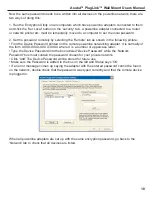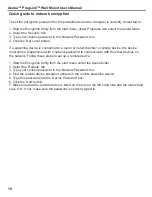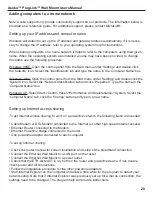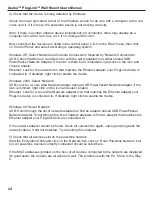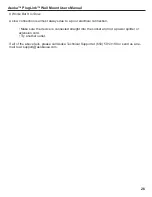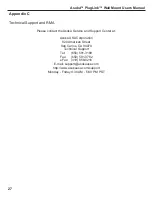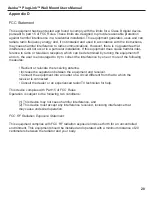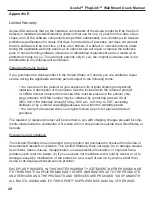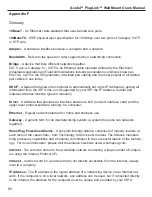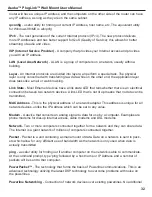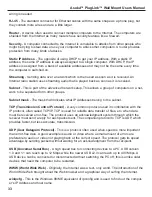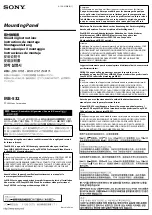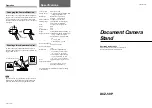
router will have a unique IP address, and the computers on the other side of the router can have
any IP address, as long as they are on the same subnet.
ipconfig
- useful utility for finding out current IP Address, host name, etc. The equivalent utility
for Windows 98/ME is winipcfg.
IPv6
- The next generation of the current Internet protocol (IPv4). The new protocol delivers
more IP Addresses and has better support for QoS (Quality of Service); this allows for better
streaming of audio and video.
ISP (Internet Service Provider)
- A company that provides your Internet access and provides
you with an IP address.
LAN (Local Area Network)
- A LAN is a group of computers on a network, usually within a
building.
Layer
- All Internet protocols are divided into layers; all perform a special task. The physical
layer is only concerned with transferring raw data while on the other end, the application layer
does tasks like e-mail or web browsing.
Link State
- Most Ethernet devices have a link state LED that tells whether there is an electrical
connection between two network devices. A link LED that is not lit up means that no data can be
transmitted.
MAC Address
- This is the physical address of a network adapter. This address is unique for all
network devices, unlike the IP Address which can be set to any value.
Modem
- A device that converts an analog signal to data for use by a computer. Examples are
phone modems for dial-up Internet access, cable modems and DSL modems.
Network
- Two or more computers connected together form a network and they can share data.
The Internet is a giant network of millions of computers connected together.
Packet
- Packet is a unit containing a small amount of data. Data on a network is sent in pack-
ets which allow for very efficient use of bandwidth as the network is only used when data is
actually transmitted.
ping
- a useful utility for finding out if another computer on the network is able to communicate.
At the command prompt, type 'ping' followed by a host name or IP Address and a number of
packets will be sent to that computer.
PowerPacket™
- The technology that forms the basis of Powerline communications. This is an
advanced technology utilizing the latest DSP technology to overcome problems with noise on
the powerlines.
Powerline Networking
- Connection of network devices over existing powerlines. No additional
Asoka™ PlugLink™ Wall Mount Users Manual
32

